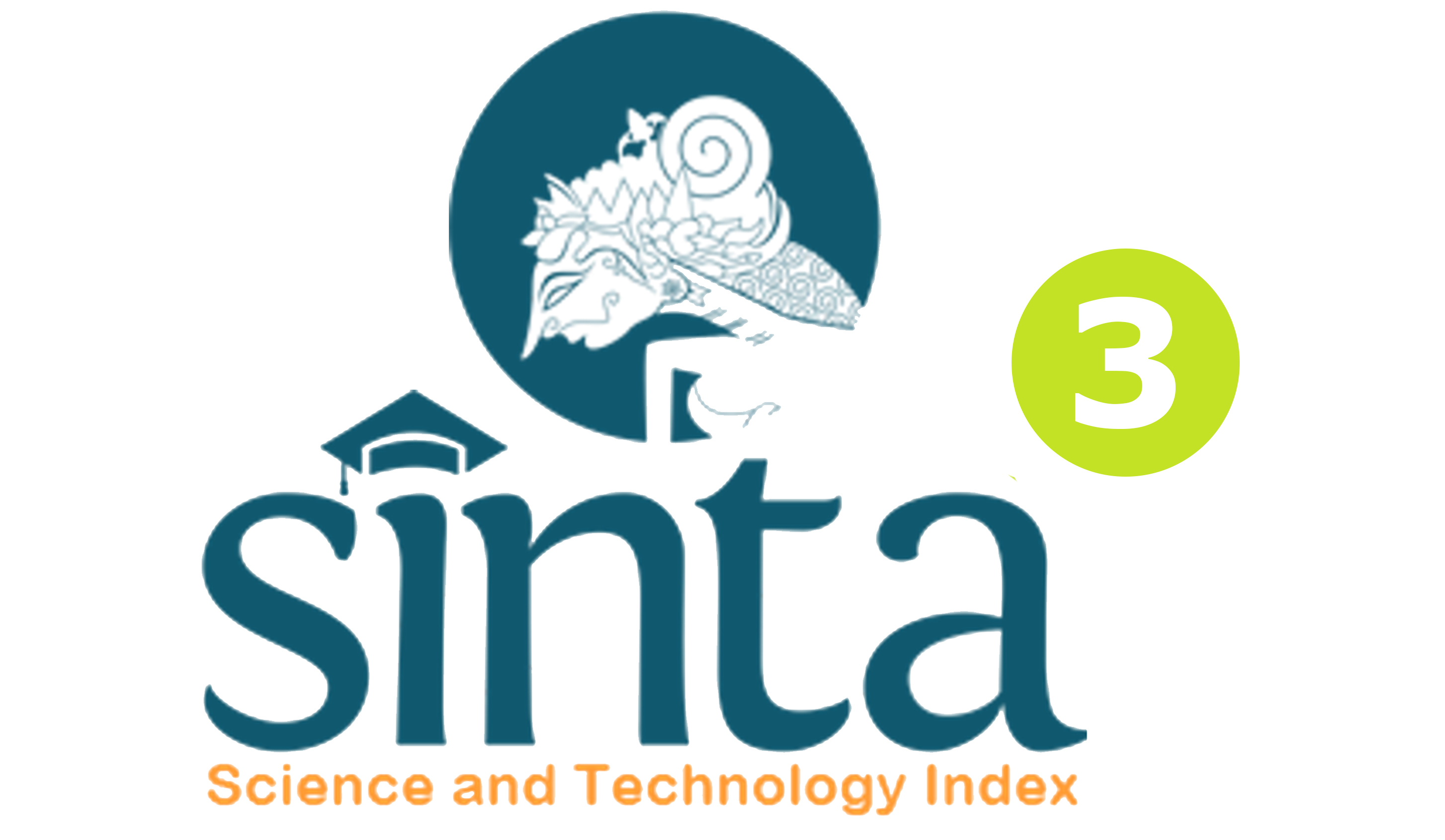PENGARUH KONSELING BEHAVIORAL DENGAN TEKNIK SHAPING DAN LATIHAN ASERTIF TERHADAP SELF AFFILIATIONI SISWA KELAS VIII SMP LAB UNDIKSHA
DOI:
https://doi.org/10.23887/jibk.v8i1.11128Abstract
Tujuan penelitian ini adalah untuk mengetahui Pengaruh Konseling Behavioral Dengan Teknik Shaping Dan Latihan Asertif Terhadap Self Affiliation dan untuk mengetahui adanya perbedaan pengaruh antara konseling behavioral teknik shaping dan teknik latihan asertif terhadap Self Affiliation siswa Kelas VIII SMP LAB UNDIKSHA.Desain penelitian yang digunakan adalah Pretes-Posttest Control Group Desain merupakan model eksperimen semu (quasi ekperiment). Metode analisis data yang digunakan adalah t-test. Hasil penelitian ini yaitu kelompok eksperimen I menunjukkan thitung> t tabel (5,503>1,997) Untuk itu hipotesis pertama yaitu terdapat pengaruh konseling behavioral teknik shaping terhadap Self Affiliation siswa kelas VIII 3 SMP LAB UNDIKSHA. Kelompok eksperimen II menunjukkan thitung> t tabel (2,114>1,997) Untuk itu hipotesis kedua yaitu terdapat pengaruh konseling behavioral teknik latihan asertif terhadap Self Affiliation siswa kelas VIII 4 SMP LAB UNDIKSHA. Selanjutnya Treatmen teknik shaping dan teknik latihan asertif menunjukkan bahwa thitung> t tabel (3,16>1,99). Ini membuktikan bahwa, terdapat perbedaan antara teknik shaping dengan teknik latihan asertif terhadap Self Affiliation siswa. Dari hasil rerata hitung, didapatkan 127,57 <119,69, artinya nilai rerata hitung teknik shaping lebih besar daripada teknik latihan asertif. Untuk itu hipotesis ketiga yaitu terdapat perbedaan pengaruh konseling behavioral teknik shaping dengan teknik latihan asertif terhadap Self Affiliation siswa kelas VIII SMP LAB UNDIKSHAKata Kunci : Behavioral, TeknikShaping, TeknikLatihanAsertif, Self Afiliasi
The purpose of this study is to determine the effect of Behavioral Counseling With Shaping And Assertive Training Techniques ToSelf Affiliation and to know the difference of influence between behavioral counseling shaping techniques and assertive training techniques to self-affiliation of students of Class VIII SMP LAB UNDIKSHA. The research design used is Pretes-Posttest Control Group Design is a model of quasi experiment (quasi ekperiment). Data analysis method used is t-test. The result of this research is experiment group I show t count> t table (5,503> 1,997) For that first hypothesis that there is influence counseling behavioral shaping technique to self affiliation student of class VIII 3 SMP LAB UNDIKSHA. Experiment Group II shows t count> t table (2,114> 1,997) For that second hypothesis that there is influence counseling behavioral assertive training technique to self affiliation of students of class VIII 4 SMP LAB UNDIKSHA. Further treatment shaping techniques and assertive training techniques show that t arithmetic> t table (3.16> 1.99). This proves that, there is a difference between shaping techniques with assertive training techniques to self-affiliation students. From the result of calculation average, obtained 127,57<119,69, mean that the mean value of shaping technique is bigger than assertive training technique. For the third hypothesis that there are differences in behavioral counseling influence shaping techniques with assertive training techniques on self-affiliation of students of class VIII SMP LAB UNDIKSHA
keyword : Behavioral Counseling Model, Shaping Technique, Assertive Training Technique, Self Affiliation
Published
Issue
Section
License
Jurnal Ilmiah Bimbingan Konseling Undiksha is an Open Access Journal. The authors who publish the manuscript in this journal agree to the following terms:
JIBK is licensed under a Creative Commons Attribution 4.0 International License. This permits anyone to copy, redistribute, remix, transmit and adapt the work provided the original work and source is appropriately cited.
This means:
Jurnal Ilmiah Bimbingan Konseling is licensed under a Creative Commons Attribution 4.0 International License.
(1) Under the CC-BY license, authors retain ownership of the copyright for their article, but authors grant others permission to use the content of publications in JIBK in whole or in part provided that the original work is properly cited. Users (redistributors) of JIBK are required to cite the original source, including the author's names, JIBK as the initial source of publication, year of publication, volume number, issue, and Digital Object Identifier (DOI); (2) The authors are the copyright owner of the article, and the author grants the JIBK held the first publication right.









.png)

.jpg)

